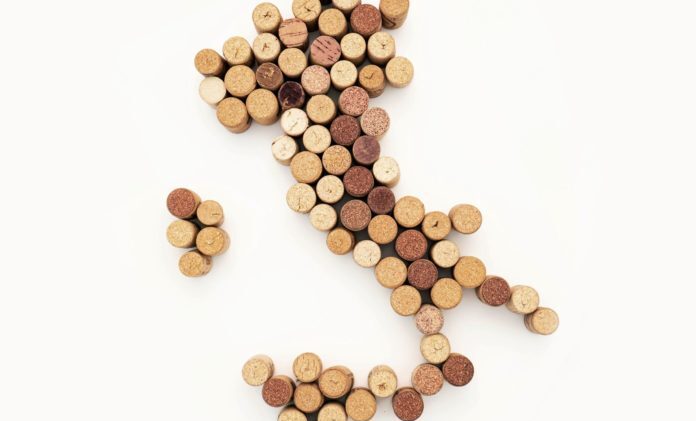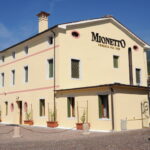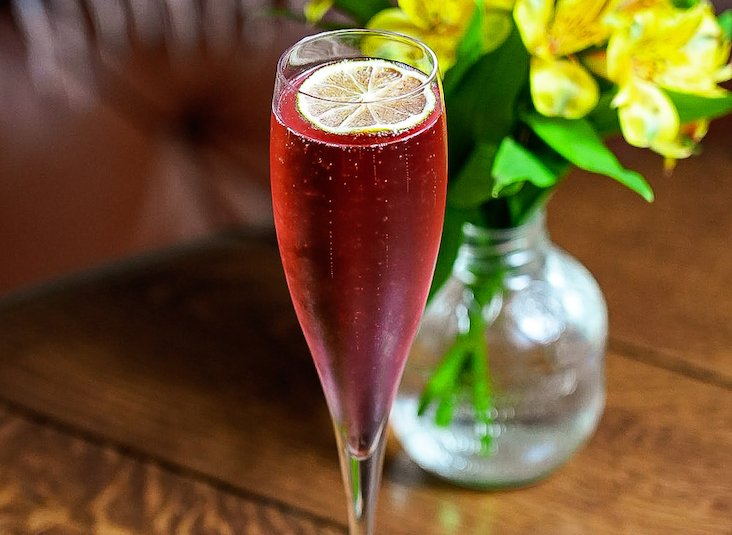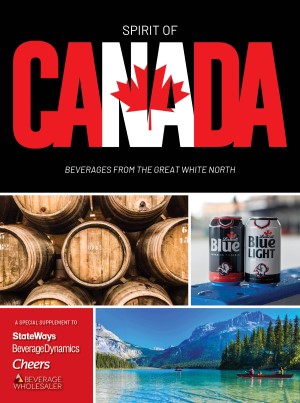Many puzzling aspects of today’s wine landscape make more sense if we consider their historical context.
For example, understanding where, when and how quality-oriented winemaking first developed can help explain why most “international” grapes trace their roots to France and Germany, rather than Italy or Spain.
Wine, as we know it, emerged from Europe, as did all of the wine grapes cultivated around the globe today. Southern regions with a Mediterranean climate have the longest winemaking history, the greatest proliferation of native grape varieties and still produce the most wine in terms of volume. But the regions whose wine styles are the most influential are all located further north in colder, more temperate climates, such as Burgundy, Bordeaux and Champagne.
Prior to the Roman era, grape wines were only made in balmy Mediterranean climates, where vines thrive and yield bumper crops easily. Vines were first introduced to Europe’s cooler temperate zones by the Ancient Romans, and it is these regions — where the vitis vinifera species was pushed closer to its northern limits — which would pioneer fine wine in the modern sense centuries later.
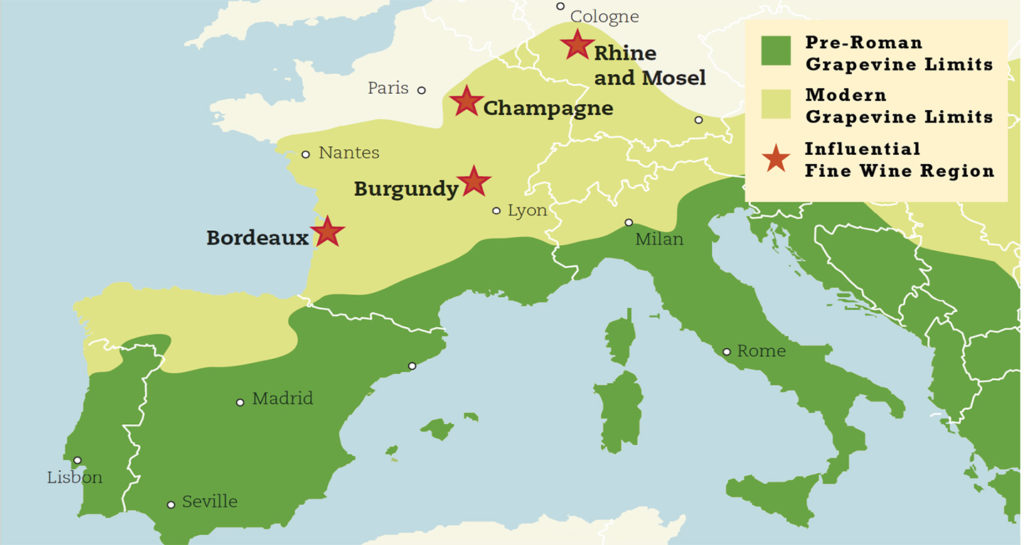
Why Did Quality-Oriented Wine Culture Originate in Colder Regions?
Wine maps of Europe clearly demonstrate a curious pattern where the highest-quality wines associated with any given grape variety developed first in regions at or near the northern limits of where that grape could reliably ripen.
Why is this? Cooler temperatures can be an advantage. Grapes that struggle to survive in a harsh environment will naturally produce fewer clusters of fruit, so it is likely that cooler northern vineyards had naturally lower yields of fruit per vine than those of warmer zones farther south. Since lower yields are known to produce more concentrated wine that is more resistant to spoilage, this helps explain why it was northern regions that first focused on systematically making smaller volumes of higher-quality wines.
But modern practices of pruning have since evened the playing field in this regard, making it possible to lower yields in warmer vineyards.
Feature photo by Dan Cristian Pădureț from Unsplash.
Marnie Old is one of the country’s leading wine educators. Formerly the director of wine studies for Manhattan’s French Culinary Institute, she currently serves as director of vinlightenment for Boisset Collection and is best known for her visually engaging books published by DK: the award-winning infographic Wine: A Tasting Course for beginners and the tongue-in-cheek He Said Beer, She Said Wine.

